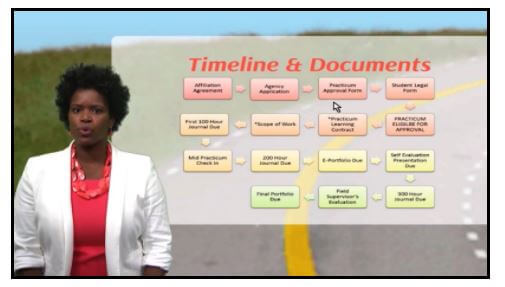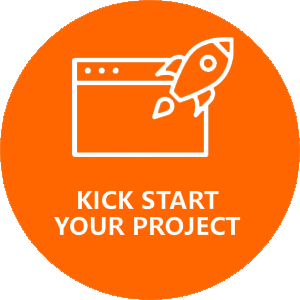The Flipped Classroom for Online Education

Pro Tip: Even if you do not have a green screen, you can create picture in picture scenes that draw student attention to specific content of interest. Consider purchasing a green screen and using the chroma-key filter in OBS to create a scene like you see above.
As hybrid learning environments become more essential in modern education, a mix of synchronous and asynchronous teaching and learning tactics will be built on a foundation of compelling online educational materials. You can easily create this type of online education material with a basic working knowledge of content creation, live production, and post-production, all of which you will learn in this book and my online course.
Key Takeaways:
2. The flipped classroom and blended learning environment bring homework into the online classroom, and “lectures,” presentations, and talks home so that students can engage with the content at their own pace.
More Technology Tools for Online Education
- Download the full book Technology Tools for Online Education here
- Learn about video recording tools for educators here
- See the latest video communications tools for online education here
- Learn tips for using a document camera in the classroom here
- Tips for using touch screens in the classroom here
- Tips for using smartphones in the classroom here
- Learn about the role of the flipped classroom in online education here

